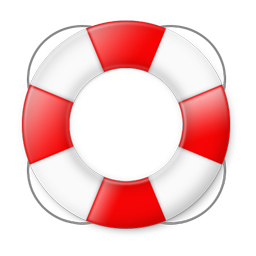It’s almost swimming season: Make water safety a priority
May 2, 2017May is National Water Safety Month, and it’s already starting out hot. That means swimming season will likely begin early this year. It’s never too soon to get a jump on water safety, so here are a few tips from the National Water Safety Month website and the American Red Cross.
- Teach children water safety and swimming skills as early as possible.
- Always brief babysitters on water safety, emphasizing the need for constant supervision.

- Appoint a designated watcher to monitor children during social gatherings at or near pools.
- Maintain constant visual contact with children in a pool or pool area. If a child is missing, check the pool first; seconds count in preventing death or disability.
- Don’t use flotation devices as a substitute for supervision.
- Never allow a young child in a pool without an adult.
- Don’t leave objects such as toys that might attract a child in the pool and pool area
- Never assume someone else is watching a child in a pool area.
- Don’t think you’ll hear a child who’s in trouble in the water; child drowning is a silent death, with no splashing to alert anyone that the child is in trouble.
- Post CPR instructions and learn the procedures.
- Keep rescue equipment poolside. Don’t wait for the paramedics to arrive because you will lose valuable lifesaving seconds. Four to six minutes without oxygen can cause permanent brain damage or death.
- Keep a first aid kit poolside.
- Install and use a lockable safety cover on your spa.
- Equip doors and windows that exit to a pool area with alarms.
- Install four-sided isolation fencing, at least five feet high, equipped with self-closing and self-latching gates, that completely surrounds the pool and prevents direct access from the house and yard.
- Learn about Hypoxic Blackout and its causes.
For more tips for pool and spa owners, visit PoolSafely.gov
One last thought on water safety: It doesn’t apply only to pools. Every year there are multiple media reports about drownings in the region’s waterways — especially in quarries and the Lehigh and Delaware rivers. Remember that a moving body of water’s current can easily overwhelm even a strong swimmer and that swimmers can get trapped against or under rocks, logs, and submerged objects.
Water temperature is also a factor in many drownings — streams, rivers and deep bodies of water are almost always colder than the temperature of the surrounding air. It might be 80 degrees F on a spring day, but the temperature of the river could be 30 degrees lower. That difference in temperature can easily cause the body to go into shock. Read this primer from Beyond Cold Water Boot Camp for more information.
For safety’s sake, swim only in designated areas, stay out of quarries, never leave children unattended, and never swim (or allow children to swim) alone.
With a little common sense and a few simple precautions, everyone can have a safe and enjoyable swimming season.